Introduction
Mixing and matching furniture styles to create an eclectic aesthetic is like curating your own personal gallery—it’s bold, unique, and a reflection of your personality. But let’s be honest: it’s not as simple as throwing random pieces together. I learned this lesson the hard way when I first tried to blend my grandmother’s vintage armchair with my sleek, modern sofa. The result? A room that looked more chaotic than charming.
It wasn’t until I discovered the art of balance and cohesion that my space transformed. By combining contrasting elements with intention, I created a room that felt layered, dynamic, and uniquely mine. Mixing furniture styles is all about striking that sweet spot between contrast and harmony.
In this guide, I’ll share tips and tricks for mixing furniture styles in a way that feels intentional and cohesive, helping you achieve the perfect eclectic appeal.
Why Embrace an Eclectic Furniture Style?
Key Benefits
- Express Your Personality: An eclectic mix reflects your individuality and tells a story.
- Creates Depth: Combining different styles adds visual interest and richness.
- Flexible and Fun: It allows you to experiment without being confined to one design rulebook.
- Timeless Appeal: Eclectic spaces are unique and never go out of style.
1. Start With a Cohesive Color Palette
Why It Works
A consistent color palette ties together furniture from different styles, creating a sense of unity.
How to Do It
- Choose 2–3 main colors and 1–2 accent colors to anchor the room.
- Match colors across furniture pieces, decor, and textiles to create continuity.
- Use neutral tones like white, beige, or gray as a base to balance bold colors.
- Incorporate complementary or analogous colors for added depth.
2. Blend Old and New
Why It Works
Pairing vintage pieces with modern ones adds character and prevents the room from feeling too rigid or dated.
How to Do It
- Combine a mid-century modern sofa with a classic Victorian armchair.
- Pair an industrial coffee table with traditional wood side tables.
- Use vintage decor, like mirrors or art, to complement sleek, contemporary furniture.
- Balance ornate, detailed pieces with minimalist ones to avoid visual clutter.
3. Play With Contrasting Textures
Why It Works
Mixing textures adds depth and tactile interest, ensuring the room doesn’t feel flat or one-dimensional.
How to Do It
- Pair a plush velvet armchair with a natural jute rug.
- Combine a metallic side table with a distressed leather sofa.
- Use soft textiles like throw pillows or blankets to offset hard materials like wood or metal.
- Stick to a cohesive palette to ensure the textures complement rather than clash.
4. Use Patterns to Tie It All Together
Why It Works
Patterns can bridge the gap between different styles, creating a unified look.
How to Do It
- Incorporate patterned rugs, cushions, or curtains that feature colors from your palette.
- Use geometric patterns for a modern touch or florals for a vintage vibe.
- Mix patterns of varying scales—large patterns for statement pieces and smaller ones for accents.
- Avoid overloading the room with patterns; balance them with solid-colored pieces.
5. Anchor the Space With a Statement Piece
Why It Works
A bold focal point acts as the anchor, making the mix of styles feel intentional rather than chaotic.
How to Do It
- Use a unique sofa or oversized artwork as the centerpiece of the room.
- Incorporate a dramatic chandelier or pendant light to draw attention upward.
- Highlight an antique dresser or modern console table to ground the space.
- Build the rest of the decor around your statement piece to maintain balance.
6. Balance Proportions and Scale
Why It Works
Maintaining balance in the size and scale of your furniture ensures the room feels cohesive rather than cluttered.
How to Do It
- Pair large pieces, like a sectional sofa, with smaller-scale accent chairs.
- Use slim-profile furniture in tight spaces to avoid overwhelming the room.
- Balance heavy, ornate furniture with lighter, minimalist pieces.
- Ensure every piece has enough space to breathe—avoid overcrowding.
7. Mix Materials for Variety
Why It Works
Combining different materials keeps the space dynamic and visually interesting.
How to Do It
- Pair wooden furniture with metallic accents like brass or chrome.
- Mix glass-topped tables with upholstered seating for contrast.
- Use natural materials, like wicker or rattan, alongside sleek, industrial finishes.
- Incorporate unexpected materials, like concrete or acrylic, for a modern twist.
8. Use Symmetry and Repetition
Why It Works
Repeating certain elements helps balance the eclectic mix, creating visual harmony.
How to Do It
- Use matching lamps or side tables to frame a sofa or bed.
- Repeat similar shapes, like rounded edges or angular designs, across furniture pieces.
- Incorporate multiple items in the same material, like leather chairs and a leather bench.
- Arrange decor symmetrically to bring order to an otherwise varied room.
9. Tie It Together With Accessories
Why It Works
Thoughtful accessories add personality and unify the space.
How to Do It
- Use cushions, throws, and rugs in your chosen color palette to connect different furniture styles.
- Add vases, books, or sculptures that blend with the room’s overall vibe.
- Display a curated gallery wall that reflects a mix of vintage and modern art.
- Choose lighting fixtures that complement multiple furniture styles, like a modern lamp with a vintage shade.
10. Embrace the “Collected Over Time” Look
Why It Works
Eclectic interiors feel more authentic when they look like they’ve evolved naturally, rather than being perfectly curated.
How to Do It
- Mix heirloom pieces with newly purchased items to create a layered look.
- Add travel souvenirs or handmade decor for a personal touch.
- Let imperfections—like a weathered finish on a vintage table—add character.
- Avoid rushing to finish the space; allow it to grow and evolve over time.
Picture Gallery
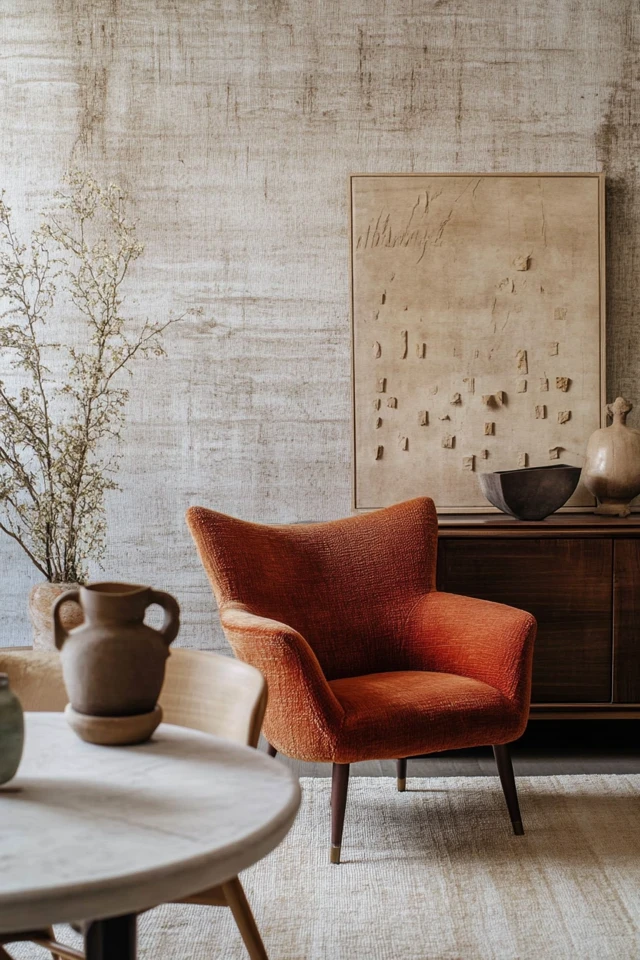
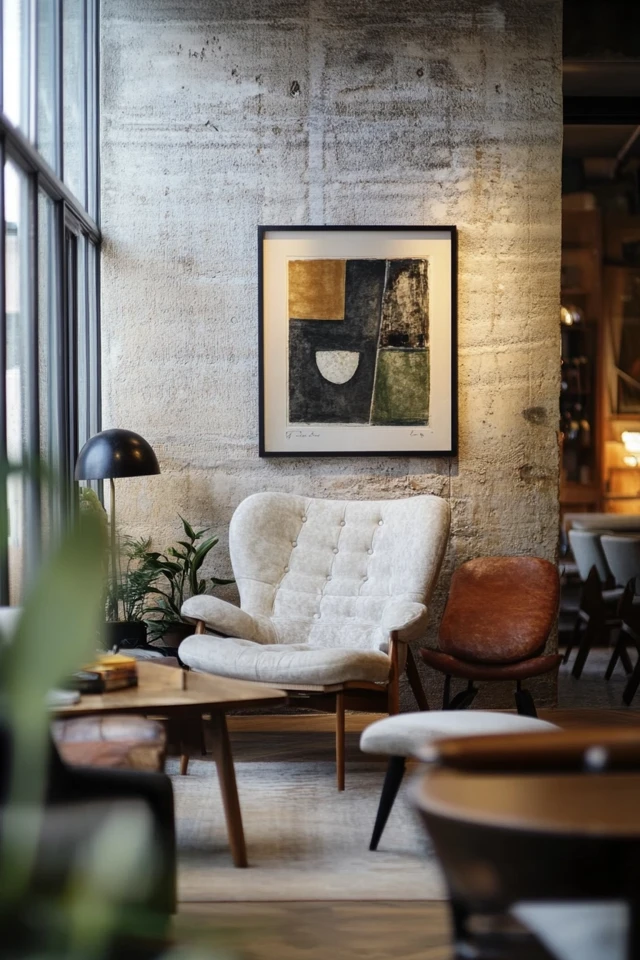
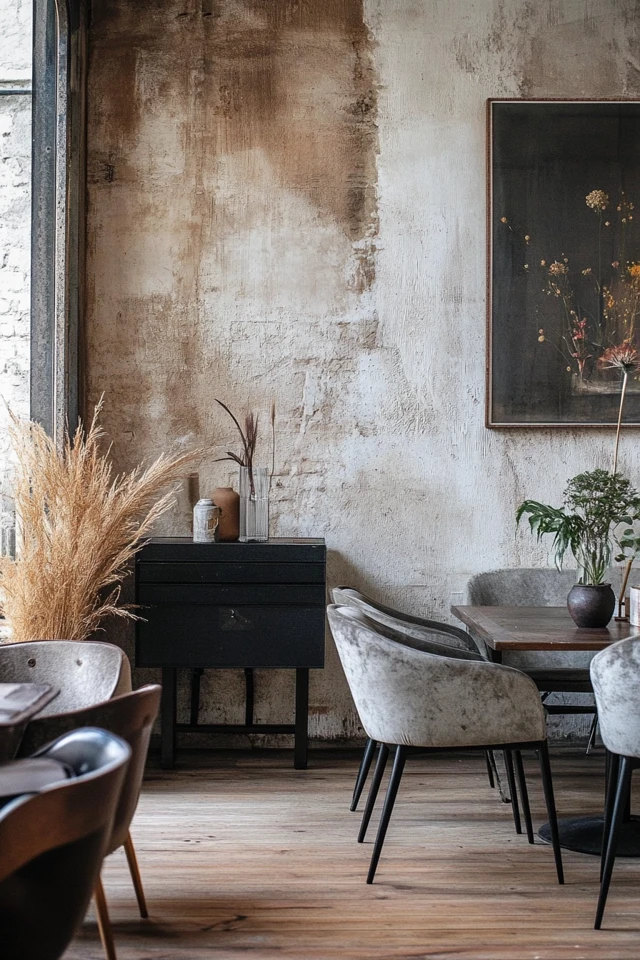
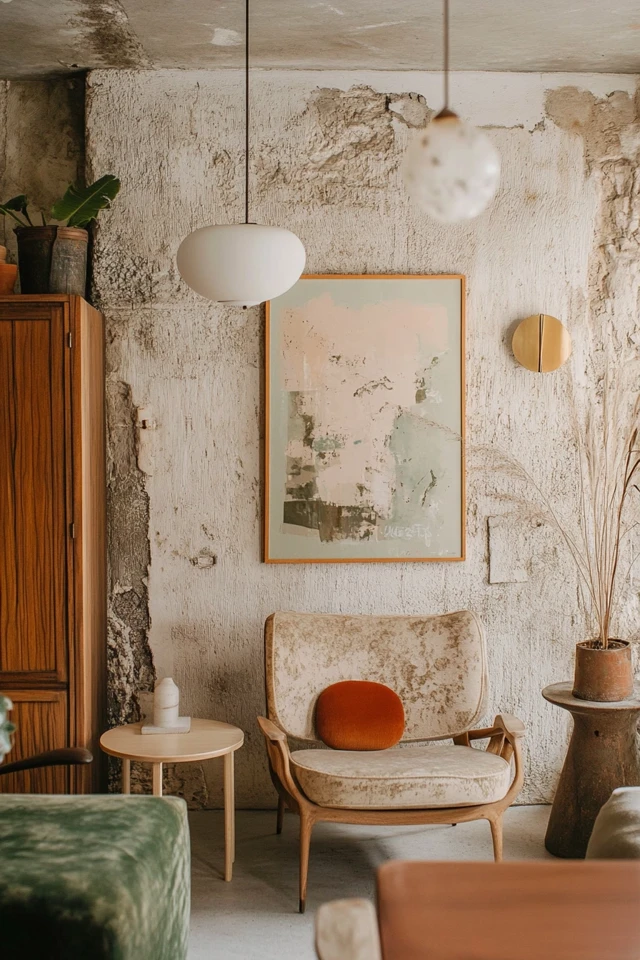
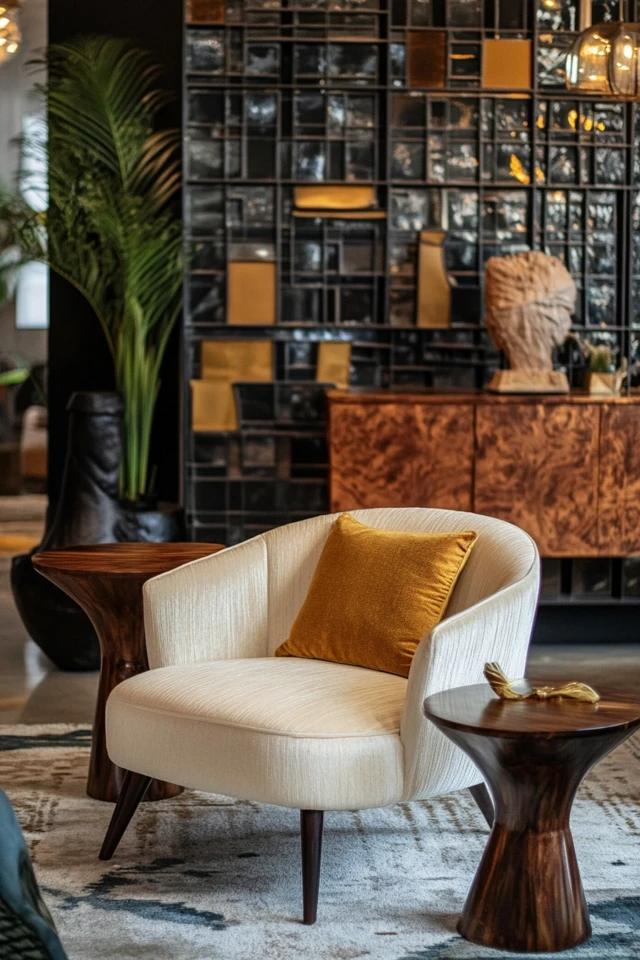
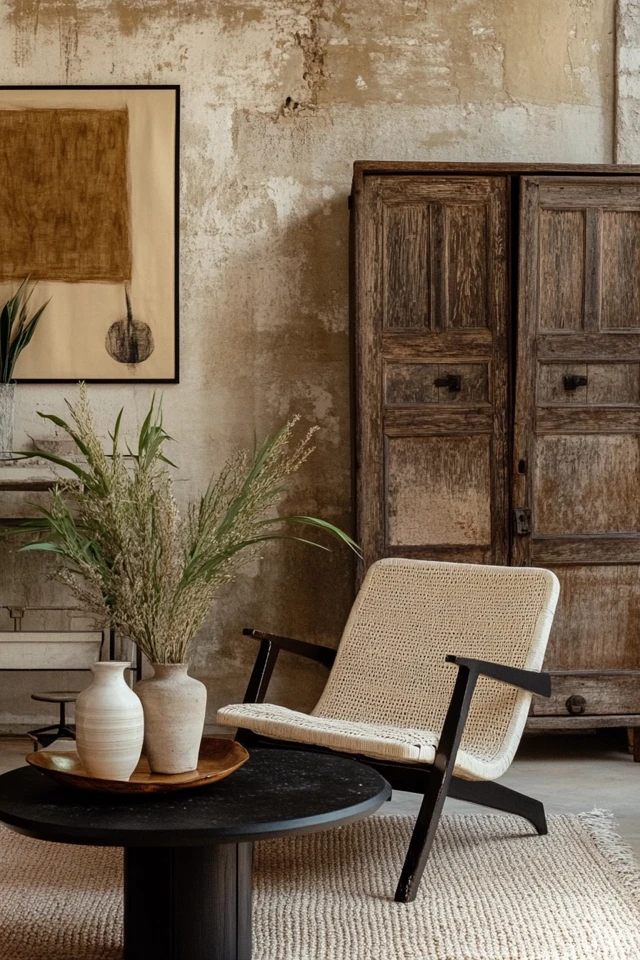

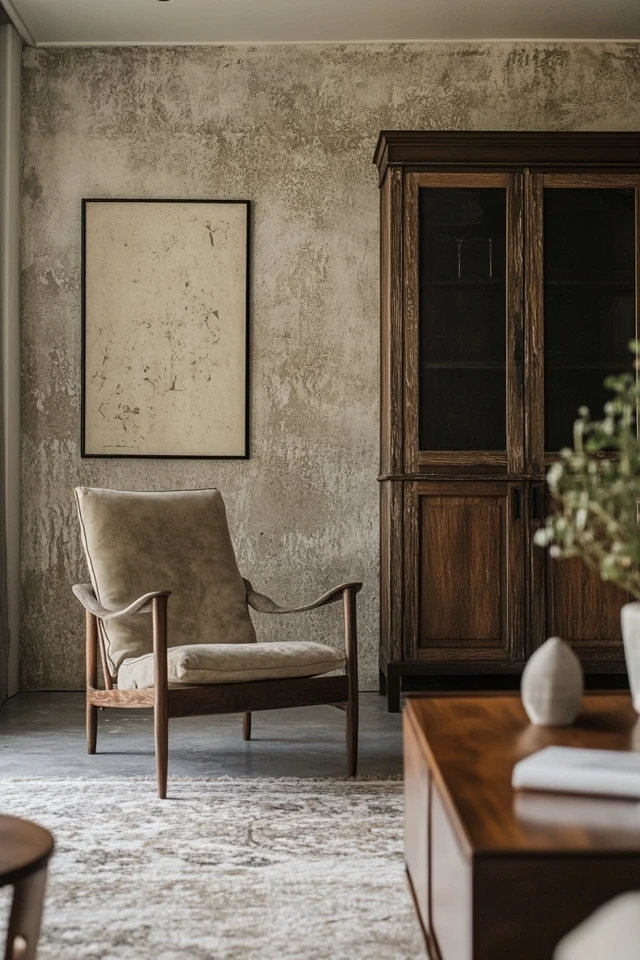
Conclusion
Mixing and matching furniture styles is a creative process that allows you to design a space that feels uniquely yours. By balancing textures, colors, and proportions, you can create an eclectic room that’s as harmonious as it is dynamic.
What I love most about this approach is the freedom it offers. There’s no “right” way to mix styles—what matters is that your space reflects your personality and feels like home.
So go ahead, pair that vintage armchair with a sleek modern sofa, and add a bold patterned rug. Trust your instincts, experiment, and enjoy the art of creating a space that’s truly one of a kind.
FAQ
Can I mix more than two furniture styles?
Absolutely! Just make sure there’s a common thread—like color, texture, or material—to tie everything together.
How do I avoid making an eclectic room feel chaotic?
Stick to a cohesive color palette, balance proportions, and limit the number of bold statement pieces.
What are some beginner-friendly ways to mix styles?
Start with accessories like rugs, pillows, or lighting, then experiment with pairing one or two furniture styles.
Can eclectic design work in small spaces?
Yes! Focus on multifunctional pieces and keep the color palette simple to avoid overwhelming the space.
Where can I find furniture for an eclectic room?
Try mixing items from retailers like Anthropologie, Wayfair, IKEA, and local thrift or antique stores to create a varied look.


